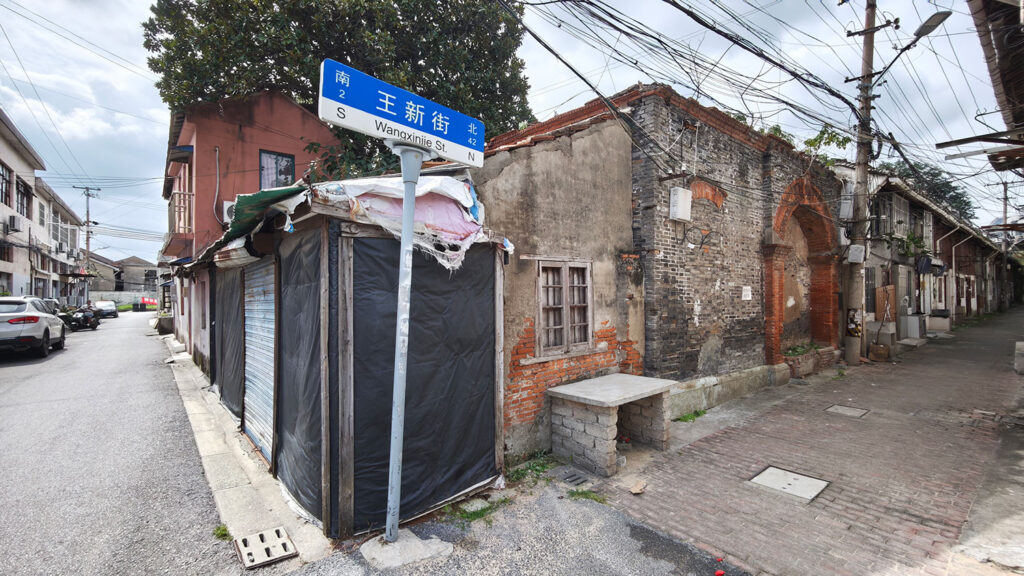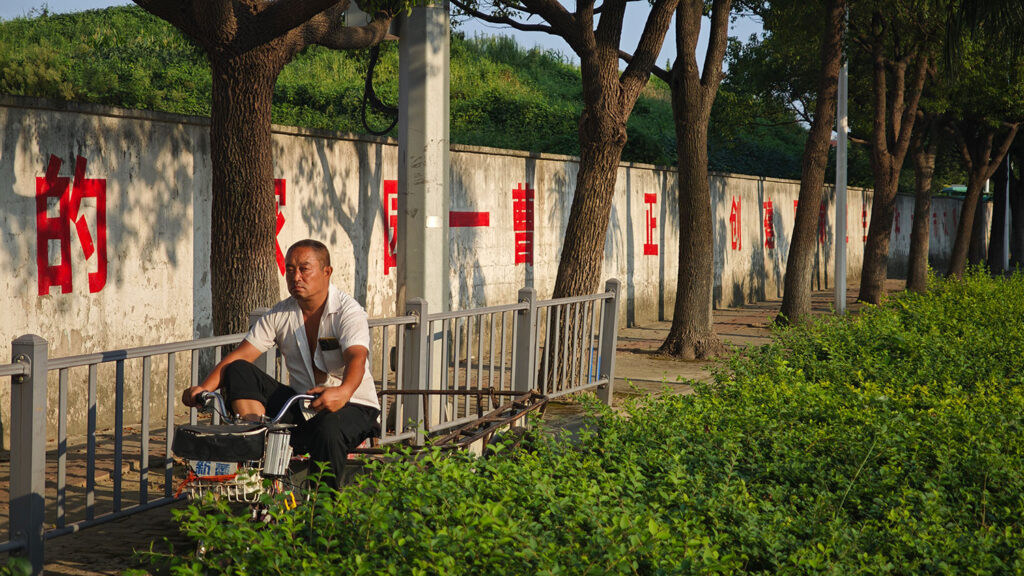Wherever you are in the world and whatever you want to do, you’re only a search entry away from learning how to do it. Write a novel? Here in five steps. Start a social media campaign? Forbes explains. Make a professional photo? Download an app.
And all the apps and advice you’ll find on the internet — including this — is well-intended, logical, true, and to a certain point useful. But of course you won’t learn how to create social media campaign in five minutes, or how to write a novel. While it may be true that writing has become easier, with laptops and software like Word and Evernote, it doesn’t mean our writing has become better (George RR Martin still writes on a DOS computer).
And it’s this shift from quality to ease that’s also happening in the marketing industry. We now have over a thousand tools for publishing and measuring campaigns. But just like blogs with tips, these tools are only useful as a possible preliminary conditions for success, but never a guarantee for success.
Meanwhile, it’s these tools and top-ten-tips-list that sow a kind of pseudo-ability that makes even the most talented people pour out unremarkable junk. (Jay Acunzo writes about this in; “It has never been easier to be average.”) How else can it be that the internet has been filled to its corners with selfie-campaigns, Facebook Live sessions and useless blog posts — a huge pile of best practices that nobody will ever see. Enough social campaigns fail miserably despite using hashtags. There are enough radio commercials nobody remembers, despite them using background music. And there are plenty of unread books, despite them having been written on two screens.
At the same time these so-called ‘guidelines’ give a chance to talentless people to break down truly creative work through reasoning, because ‘it doesn’t adhere to conventions’. Like Biblical truths (‘It is written’ isn’t that different from ‘Data proves it’), the most insane statements are tabled; ‘people don’t read more than a sentence anymore’, and ‘television is dead’, and whatnot.
If things aren’t bad enough, our time, energy and budgets are sapped by terms like gamification, engagement, responsive, influencers are common now, just like the use of SEO, A/B testing, AR, VR, and measuring click-through-rates en conversion (“My God, if we could only find the perfect share of blue, we’d really make a difference!”). It’s not as if the things these terms describe are unimportant, but they aren’t key either.
For example, retail chain Blokker has a ‘scoop’ with the first real-time data driven brochure, but it’s not what the chain — that’s closing a 100 stores — needs. Their products are overpriced, their service poor, their brand missing any kind of reason to exist. Tom Goodwin writes about British Airways: “The company suffers from having its prices undercut by increasingly decent low-cost airlines, the deflationary effects of price comparison websites, and having the desperately crowded Heathrow airport as a base, not to mention having terrible customer support by phone. That’s why I’m not sure how its admittedly clever ad campaign will do much to change their sales or brand perception.” Technology is supposed to make the work easier, but it’s destroying creativity.
These guidelines and preliminary conditions — whether it’s SEO or sentiment analysis on Twitter — are best described as the frame, while what’s essential is the painting.
Because it doesn’t matter which frame hangs around Malevitsj’ Black Square — just like it’s unimportant whether a LED or halogen lamp shines on it. It’s doesn’t adhere to the rules of composition or contrasts, but this is what makes it history-making. If we apply this to our industry we can perhaps understand why guidelines are merely an indication. Or, as Jos Govaart writes: “Good content doesn’t care about guidelines”.
The best thing I learned in art academy is to make whatever you create highly personal, to make what only you could make. I was working on a font based on squares and circles until my teacher said that any idiot could use those elements to make a font. It’s only when I took a personal object (a cut-out piece of tram rails from near my home) that my font came alive.
It’s like this for anything; a painting or advertisement. Best practices inevitably lead to dull work, and technological tools usually only churn out the obvious. They’re no substitutes to getting into culture. Do you really think AI will tell you what teenagers think is cool?
There are no shortcuts or guarantees. While this sounds obvious, there are few marketers willing to both take the risk and energy to come with something new. (Ryan Wallman writes jocular about “We try harder” from Avis, which — if it’d be penned today — would probably be “Driving ambition”, while “Don’t leave home without it” from American Express would be “Live Convenient”. And would ‘Got Milk?’, grammatically incorrect, have a chance today?)
The alternative to chasing fleeting trends and changing direction all the time — is focussing on the basics (Jon Westenberg on Medium: “Fuck the trends. Get the basics right”). In the heart of everything that’s creative — that which surprises or shocks us, or makes us wonder — is an opinion, an intention, and an idea. We see the author back in his or her work.
Wang Xi in ‘The Art of War’ (which was published in the 5th century BC) wrote: “What everybody knows isn’t wisdom.” So stop being distracted by the noise, and focus on the things only you can make. Because in a world in which tools and knowledge have become democratic, this is the only remaining bastion that makes the difference.



